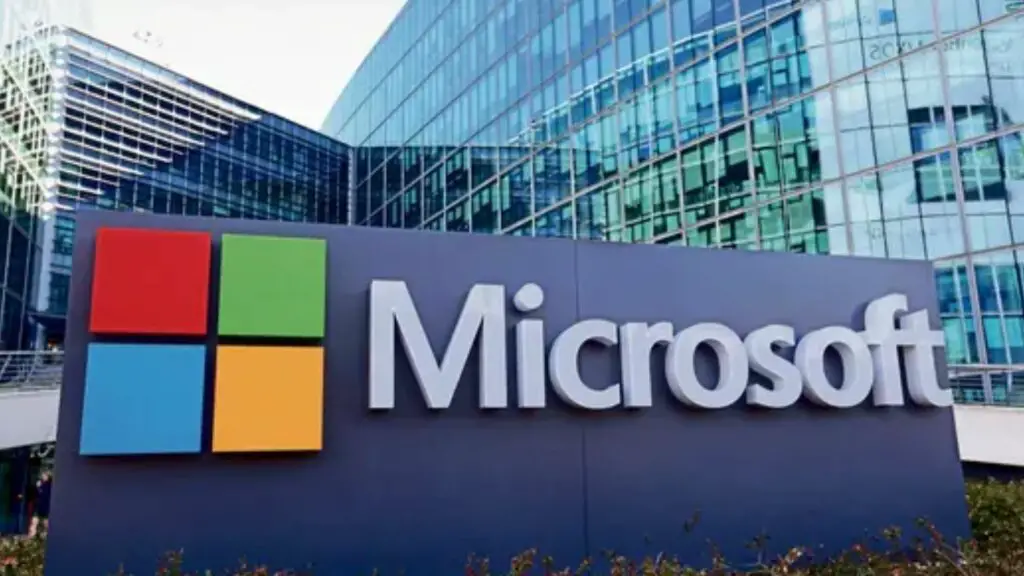Finally! Microsoft’s Internet Explorer browser is being discontinued after 26 years
Microsoft’s decision on Wednesday to no longer issue security updates for the Internet Explorer web browser is a sign that the end is close for the 26-year-old brand, which has been plagued by negative press, security holes, and slow performance. Customers will be directed to Microsoft’s newest browser, Edge.
Although Microsoft does not make money off of browsers per se, the Bing search engine that comes pre-installed in Edge is how the software and hardware giant makes money. In the first quarter, the segment brought in roughly $3 billion for Microsoft, or approximately 6% of the company’s total sales.
Microsoft is shifting its attention away from Windows and toward the cross-platform browser Edge, which works on iOS, Android, macOS, and Linux in addition to Windows. Microsoft introduced Edge as part of Windows 10 in 2015 to provide Windows users with an alternative browser that was both modern and efficient while still feeling familiar.
But there is still a niche audience that uses Internet Explorer only for work-related online apps. Even though it is being put into retirement, it will not go extinct immediately.
General Manager Sean Lyndersay explained the transition in a blog post: “Over the next few months, opening Internet Explorer will progressively redirect users to our new modern browser, Microsoft Edge with IE mode,” “Users will still see the Internet Explorer icon on their devices (such as on the taskbar or in the Start menu) but if they click to open Internet Explorer, Microsoft Edge will open instead with easy access to IE mode. Eventually, Internet Explorer will be disabled permanently as part of a future Windows Update, at which point the Internet Explorer icons on their devices will be removed.”
Lyndersay stated that the Edge browser will soon have a “Reload in IE mode” option in the toolbar and prompt users to select whether or not they would wish to access a website in IE mode.
Every 30 days, Microsoft Edge will ask the user if they still require IE mode for the website. More and more sites are being brought up to date to contemporary standards, which means that consumers will have less and less reason to see them in IE mode and more reason to view them in the modern rendering engine.
